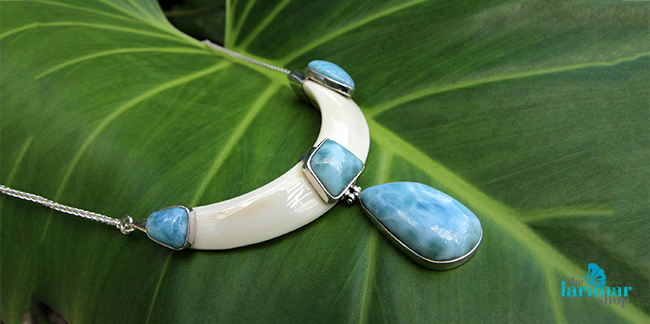From the
earliest times, in Christianity, Holy week starts with Palm Sunday, with the
celebration of the triumphal entry of Jesus into Jerusalem. The Holy week is
the last week of the 40 days season of Lent and the week preceding Easter, it
is the last week of Christ’s life, remembering especially His passion and
resurrection. Easter is the celebration of Christ’s resurrection, the victory
over sin, death and the devil, as well as, the promise of our justification and
everlasting life….
In the New
World, Christianity started in the Dominican Republic, introduced by the
Spanish conquerors, however with the mixture of Spaniards and African slaves,
some changes in costumes and beliefs occurred. Most of our ancestors were Catholics,
lead by the Roman Catholic Church.
Still in
the sixties in the Dominican Republic, every catholic family would stay true to
the religious traditions of that time to be observed during the Holy week!
In that
time for our catholic families, going to the beach or to the rivers during the
Holy week was unthinkable, inconceivable. Nobody dared going to swim on Holy
Friday, for you would turn into a mermaid or something unpredictable!!
On Holy
Friday, the children were ordered to stay in their bedrooms, without making any
noise; food (no meat permitted) would be served in the room! The special treat
would be the traditional sweet red beans! No cleaning or household job was allowed,
no music could be heard but the religious or classic music! All the stores,
restaurants, supermarkets, etc. were closed, everybody stayed home, watching a
movie of the bible, it was like a national curfew!!
But this
tradition started to change with the new generations, growing population,
foreign influences and the Dominicans slowly started going to the beach, to the
rivers, spending the whole Holy week at a resort or just visiting families of
the countryside, the main purpose is to have a good time!
Nowadays,
the supermarkets have special offers for the Holy Week, they make huge sales,
and since schools are closed during the whole Holy Week, many families start
leaving the city, traffic jams start slowing down and by Holy Thursday
afternoon, it’s a completely different ambience! Those who stay in the city of
Santo Domingo take it easy, with no traffic jam, they have the streets for
themselves and driving becomes enjoyable.
But at the
end one can start thinking: Was the Holy Week established as an excuse for us
to have vacation or was it to meditate on the suffering and sacrifice for
humanity of the man called Jesus Christ, as appearing in the bible?
“To be or
not to be, that’s the question” (Williams Shakespeare’s play Hamlet)








